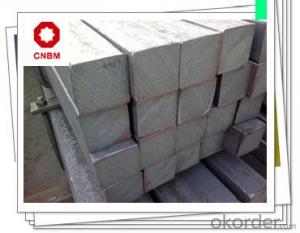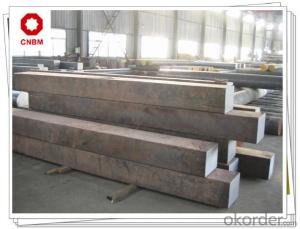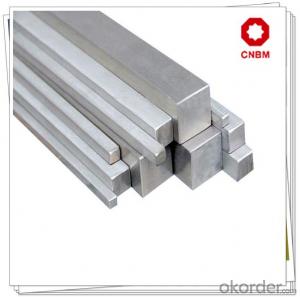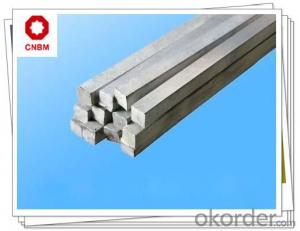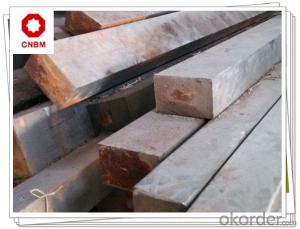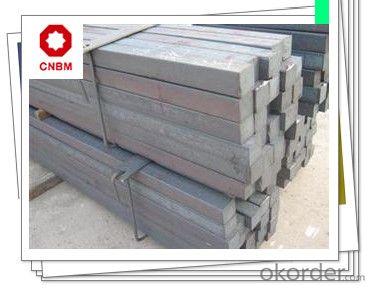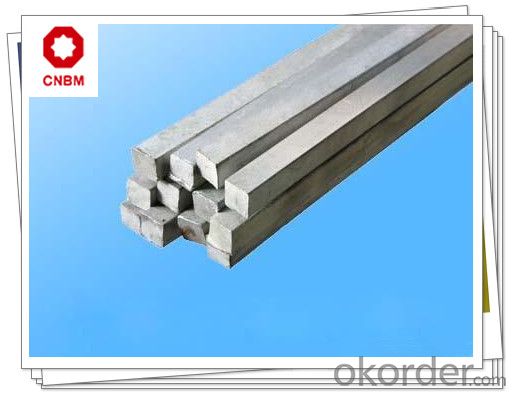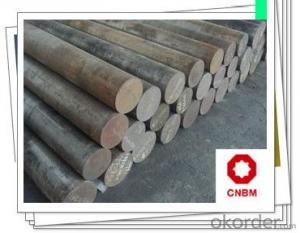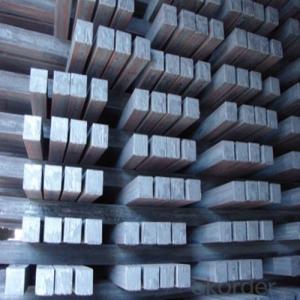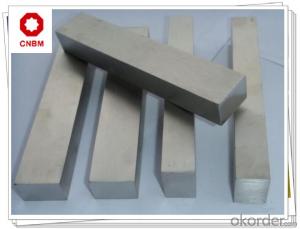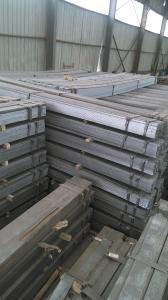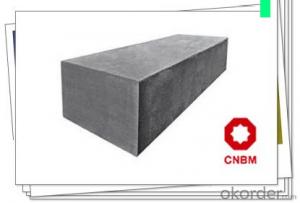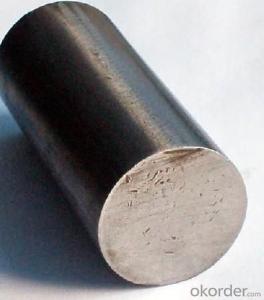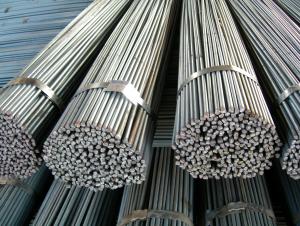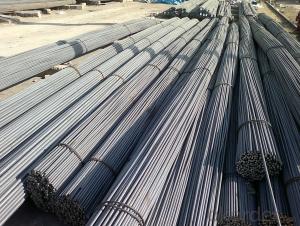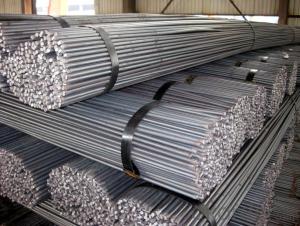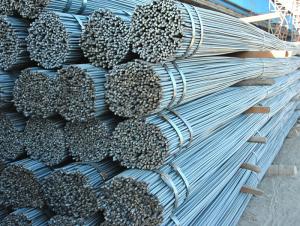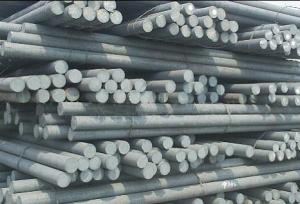Carbon Structural Steel Square Bars ASTM A36
- Loading Port:
- Shanghai
- Payment Terms:
- TT OR LC
- Min Order Qty:
- 25 m.t.
- Supply Capability:
- 120000 m.t./month
OKorder Service Pledge
OKorder Financial Service
You Might Also Like
Carbon Structural Steel Square Bars ASTM A36
Product Specification
1, Chemical Composition %
| Grade | C | Si | Mn | S | P | Cr | Cu |
| ASTM A36 | ≤0.25 | ≤0.40 | 0.80-1.20 | ≤0.050 | ≤0.040 | ≥0.30 | ≥0.20 |
2, Diameter: 9mm, 9.8mm, 10mm, 12mm, 12.5mm, 13mm, 15mm, 15.87mm, 16mm, 19mm, 20mm, 22mm,
25mm, 25.4mm, 28mm, 38mm, 50mm, 51.5mm, 53mm, 65mm, 75mm, 100mm
Application
1. Manufacturing of mechanical parts
2. Welding structure building
3. Bridge engineering with higher quality requirements
Product Main Points
1, Heat Treatment: normalizing, annealing, tempering, quenching
2, Surface Treatment: black, grinding, bright, polish
3, Product Process: hot rolled, cold drawn, forged
Product Show
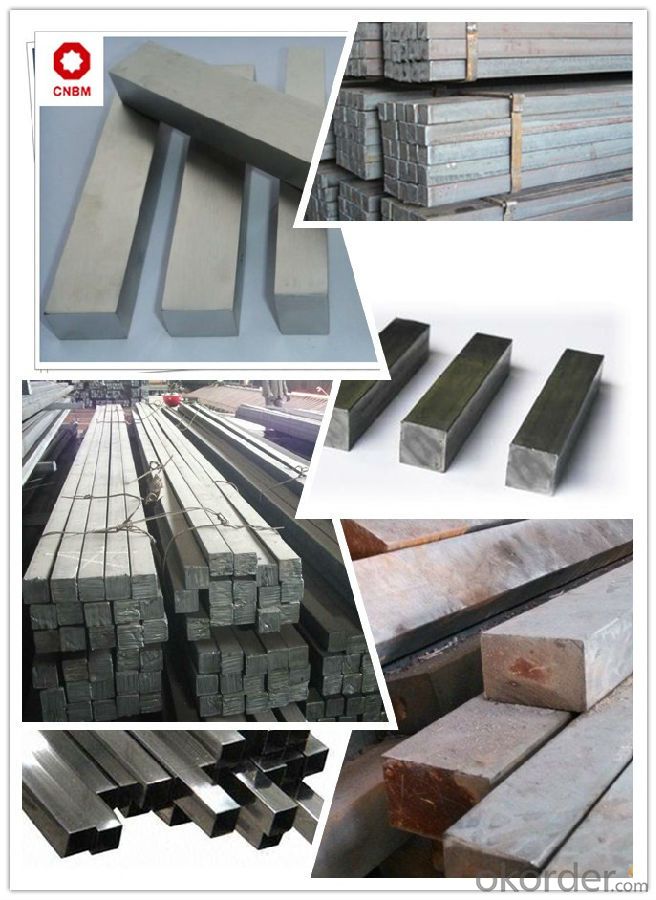
Work Shop
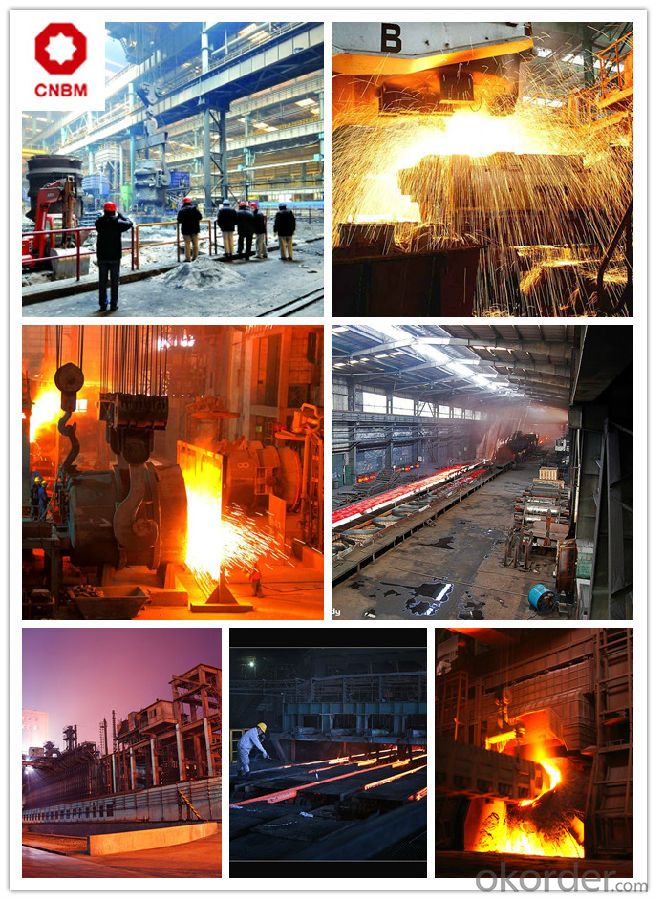
About Us

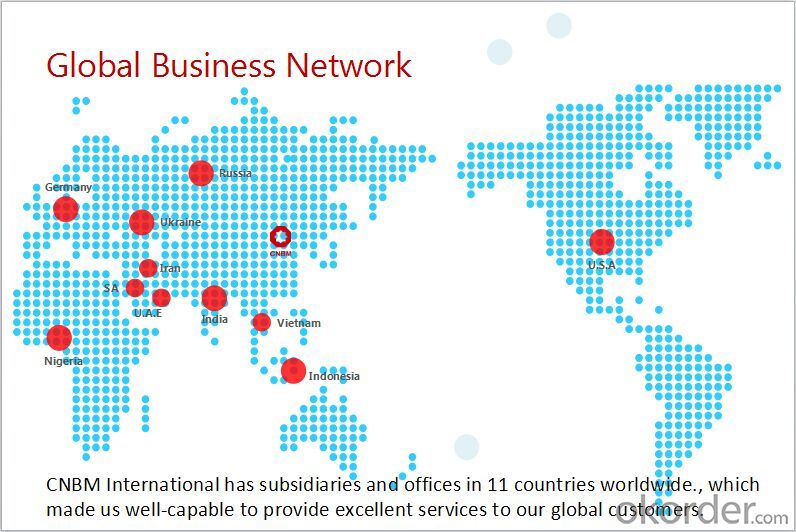
- Q: Can steel round bars be used for making pipelines?
- Pipelines can indeed be constructed using steel round bars. Steel is commonly utilized in pipeline construction because of its robustness, longevity, and ability to resist corrosion. Cylindrical in shape, round bars are easily manufactured and can be joined together through welding to create pipelines of different sizes and lengths. The steel round bars employed for pipelines typically consist of carbon or alloy steel, both of which possess substantial tensile strength and can endure high pressure and temperature conditions. Moreover, protective coatings like epoxy or polyethylene can be applied to steel round bars to heighten their resistance to corrosion. As a whole, steel round bars offer a dependable and efficient choice for building pipelines across various industries, including oil and gas, water supply, and construction.
- Q: Can steel round bars be used in the manufacturing of springs?
- Yes, steel round bars can be used in the manufacturing of springs. Steel round bars are commonly used as a raw material in spring manufacturing due to their high strength and durability. They can be formed, heat-treated, and shaped into various types of springs, such as compression springs, tension springs, and torsion springs, depending on the specific application requirements.
- Q: What are the advantages of using steel round bars compared to other materials?
- There are several advantages of using steel round bars compared to other materials. Firstly, steel is an extremely strong and durable material. It has a high tensile strength, which means it can withstand heavy loads and pressure without deforming or breaking. This makes steel round bars ideal for applications that require structural support or load-bearing capabilities. Additionally, steel is a highly versatile material that can be easily shaped and molded into various forms, including round bars. This allows for flexibility in design and makes it suitable for a wide range of applications. Whether it is used in construction, manufacturing, or even in the automotive industry, steel round bars can be customized to fit specific requirements. Moreover, steel is corrosion-resistant. It possesses a natural resistance to rust and other forms of corrosion, which significantly extends its lifespan. This makes steel round bars suitable for both indoor and outdoor use, as they can withstand exposure to moisture, chemicals, and other harsh environmental conditions. Another advantage of steel round bars is their cost-effectiveness. While the initial cost of steel may be higher than some other materials, its long-term benefits and durability make it a cost-effective choice. Steel round bars require minimal maintenance and can last for decades without the need for replacement or repair, resulting in significant cost savings over time. Furthermore, steel is a sustainable material. It is 100% recyclable and can be reused multiple times without losing its properties or quality. This makes steel round bars an environmentally friendly choice, as they contribute to reducing waste and conserving resources. In conclusion, the advantages of using steel round bars compared to other materials include their strength, versatility, corrosion resistance, cost-effectiveness, and sustainability. These qualities make steel round bars a preferred choice for a wide range of applications, providing long-lasting and reliable performance.
- Q: What are the different surface defects that can be found in steel round bars?
- Some common surface defects that can be found in steel round bars include scratches, pits, cracks, scale, and decarburization.
- Q: What are the cost considerations for steel round bars?
- The cost of steel round bars can vary depending on several factors. Firstly, the cost can be greatly influenced by the type and grade of steel used in production. Different types of steel, such as carbon steel, alloy steel, or stainless steel, have varying costs due to differences in their composition and properties. Higher grade steel, which offers superior strength and durability, tends to be more expensive compared to lower grade options. Secondly, the cost is affected by the size and dimensions of the round bars. Larger diameter and length of the bars require more raw material and additional processing, resulting in higher costs. Moreover, specialized shapes or custom sizes may necessitate extra manufacturing steps or tooling, which can increase the overall price. The quantity or volume of round bars ordered can also impact the cost. Bulk orders typically benefit from economies of scale, leading to reduced unit costs. Additionally, longer-term contracts or partnerships with suppliers can result in better pricing agreements. It is important to consider transportation and logistics expenses as well. The cost of shipping steel round bars can vary based on factors such as distance, mode of transportation, and handling requirements. International shipping, for example, may involve additional customs duties and taxes. Lastly, market conditions and fluctuations in the steel industry can have an impact on the cost of round bars. Factors like supply and demand, raw material costs, and currency exchange rates can all influence the final price. It is crucial to stay updated with market trends and work closely with suppliers to negotiate favorable pricing. To ensure that the cost of steel round bars aligns with your budget and meets your specific requirements, it is essential to conduct thorough research, compare quotes from multiple suppliers, and evaluate the quality-to-price ratio before making a decision.
- Q: Can steel round bars be used in the automotive parts industry?
- Indeed, the automotive parts industry does make use of steel round bars. These bars, renowned for their remarkable strength, resilience, and ability to withstand wear and tear, are frequently employed in the production of diverse automotive components. By shaping and sizing these bars to suit the specific needs of axles, drive shafts, suspension components, steering components, and gears, manufacturers ensure that automotive parts are crafted to the highest standards. The utilization of steel round bars guarantees the structural soundness and dependability of these components, rendering them perfectly equipped to endure the rigorous conditions and burdens encountered in the automotive sector.
- Q: What is the difference between a cold-drawn and a polished steel round bar?
- A cold-drawn steel round bar is typically produced by pulling a hot-rolled bar through a die, resulting in a smoother and more precise diameter. On the other hand, a polished steel round bar undergoes an additional process of grinding or buffing to achieve a smooth and shiny surface finish. While both bars offer improved surface quality, the cold-drawn bar primarily focuses on dimensional accuracy, while the polished bar enhances aesthetics and corrosion resistance.
- Q: Can steel round bars be used in the manufacturing of pumps?
- Yes, steel round bars can be used in the manufacturing of pumps. Steel round bars are commonly used in various industries for their strength, durability, and versatility. In pump manufacturing, steel round bars are often used as shafts or rotors due to their ability to withstand high pressure and rotational forces. The steel round bars can be machined, forged, or heat-treated to meet the specific requirements of the pump design. Additionally, steel round bars provide excellent corrosion resistance, making them suitable for pumps used in various environments. Overall, steel round bars are a reliable and commonly used material in pump manufacturing.
- Q: Three - grade thread Phi 10 steel can replace a grade Phi 12 round bar? Which elder knows, trouble pointing.
- Notes on reinforcement replacement1, steel replacement, to understand the design intent, the important components of the steel replacement, with the consent of the design unit (the actual: to change the design units should be agreed).2, steel replacement, should meet the minimum reinforcement ratio requirements and reinforcement structure (such as minimum steel reinforcement diameter, spacing, root number, anchorage length, etc.) provisions. The bar as possible with the original design of root number.3, crack resistance requirements of the components (such as crane beam, truss bottom chord, etc.) with smooth steel (not reinforced grade) instead of rebar.4, do not change the effective height of the component.
- Q: How can steel round bars be protected against rust?
- There are various ways to protect steel round bars from rust. One popular method involves applying a protective coating, like paint or a rust-resistant primer, which acts as a barrier between the steel and its surroundings, preventing moisture and oxygen from reaching the metal surface. Another effective approach is to galvanize the steel by immersing it in molten zinc. This creates a sacrificial barrier that shields the steel, even if it gets scratched or damaged. Maintaining the steel round bars is crucial in preventing rust. This involves keeping them clean and dry, as moisture is a major catalyst for rust formation. Regular inspections for rust or damage and prompt repairs are also important to prevent further corrosion. Storing the bars in a dry and well-ventilated area can help reduce the risk of rust. Elevating the bars off the ground or using moisture-absorbing materials, like silica gel packets, can provide additional protection against moisture buildup. Lastly, using corrosion inhibitors or rust-preventative oils can create a thin film on the surface that inhibits rust formation. By implementing these methods, steel round bars can be effectively shielded from rust, ensuring their durability and structural integrity.
Send your message to us
Carbon Structural Steel Square Bars ASTM A36
- Loading Port:
- Shanghai
- Payment Terms:
- TT OR LC
- Min Order Qty:
- 25 m.t.
- Supply Capability:
- 120000 m.t./month
OKorder Service Pledge
OKorder Financial Service
Similar products
Hot products
Hot Searches
Related keywords
